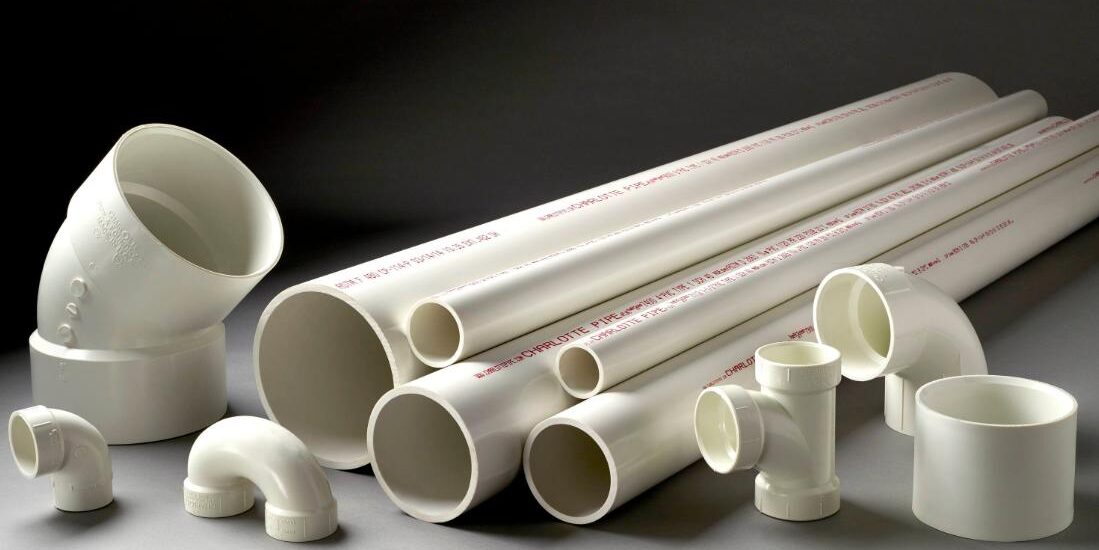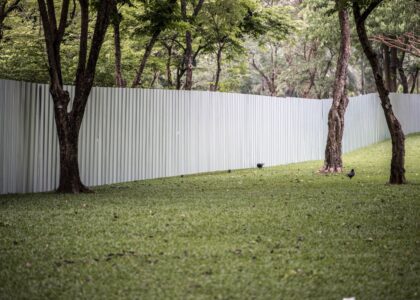PVC material, or polyvinyl chloride, is one of the most widely used plastics in the world. From construction to healthcare, its versatility has made it a staple across industries. However, in recent years, PVC has earned a new reputation as a sustainable material that can play a key role in shaping a greener future.
What Makes PVC Material Sustainable?
At first glance, plastic may not seem like a natural choice for sustainability. However, PVC material stands out for its durability and recyclability. Unlike many other plastics, it has a relatively low environmental impact when it comes to production and disposal. It can be easily recycled multiple times without degrading in quality, which reduces the need for new raw materials.
Furthermore, products made from this material can withstand harsh conditions, whether in the form of pipes, flooring, or windows. This durability means that items made from PVC tend to have longer lifespans, reducing the frequency of replacement and waste generation. For example, PVC pipes are widely used in infrastructure, and their longevity ensures fewer replacements, minimising resource consumption over time.
Recycling and Reuse: The Circular Economy
Recycled PVC is often used to make a range of new items, from plumbing pipes to flooring tiles. This recycling process helps reduce the environmental footprint of PVC by limiting waste and preventing the need for new resources.
Flexible PVC extrusion is a prime example of how recycled PVC can be transformed into practical products. By using recycled material, manufacturers can create a variety of flexible products that meet the same high standards as those made from virgin PVC. This process aligns with the principles of a circular economy, where materials are reused and recycled to reduce waste and environmental harm.
PVC’s Role in Sustainable Construction
Due to its energy efficiency, low maintenance, and recyclability, it is becoming a favourite choice for green building designs. The energy required to produce PVC is lower compared to other building materials like metal or wood. Additionally, PVC windows and doors are highly efficient in terms of insulation, helping to reduce energy consumption in homes and buildings.
The Future of PVC Material
Looking ahead, this material is likely to play an even more prominent role in creating sustainable products. Innovations in recycling technology and the development of more eco-friendly PVC alternatives are helping the material become even greener.
In conclusion, PVC material offers an effective solution to many of the challenges we face in terms of sustainability. Its durability, recyclability, and ability to support green construction make it an essential component of a sustainable future. As technology advances, its potential as a sustainable material is only set to grow.






